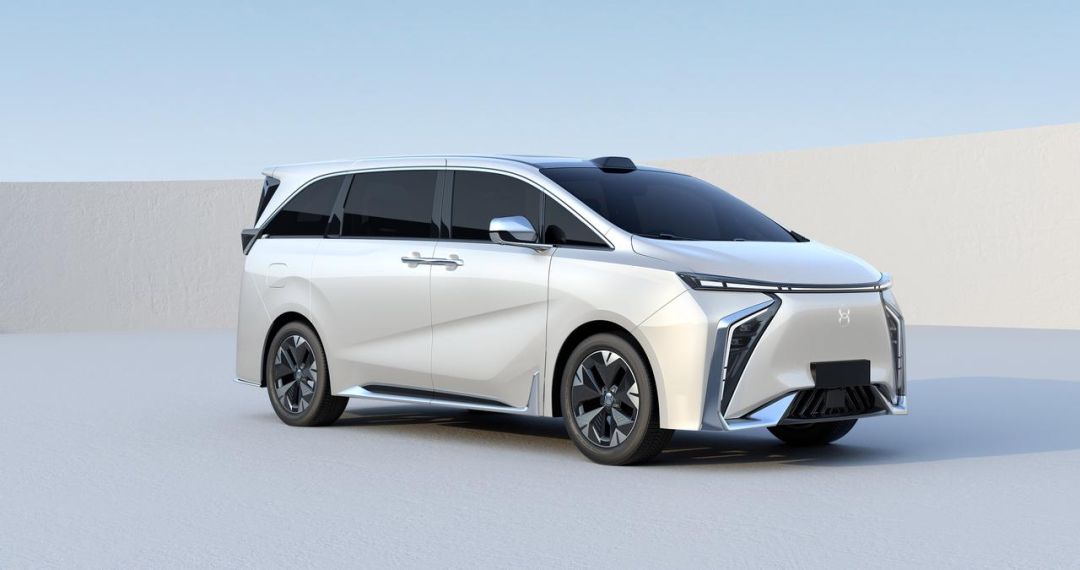Looking back at the development of the new energy market in 2022, you will find the MPV category has shown unprecedented popularity.
From a social perspective, the number of families with three children is increasing. For these consumers, the cramped third-row space of traditional 6 or 7-seater SUVs is no longer able to meet the needs of the whole family for comfortable travel.
In terms of product form, electric-driven MPVs not only have significantly lower operating costs than traditional fuel-powered MPVs, but also have unique advantages in space layout, NVH control, and driving feel.
However, upon closer inspection, we will find that pure electric MPVs also face two major problems that urgently need to be solved.
The first problem is energy replenishment. The frequency of long-distance travel requirements for MPV models is relatively high, and the speed of energy replenishment and the endurance ability directly affect the user experience.
The second problem is assisted driving. The hardware configuration, implementation functions, and user experience performance of these new energy MPVs currently available for sale are relatively basic and are difficult to alleviate the driver’s burden in the high-speed and elevated roads where MPV models most commonly travel.
Therefore, pure electric MPVs currently have gaps to fill in terms of energy replenishment and assisted driving.
Last year, the Hechuang V09, which made its debut at the Guangzhou Auto Show, has taken the advantage of the latecomers with its 800V high-voltage platform, 4C super-fast charging, LIDAR, and dual high-pass Snapdragon 8155 chips.
We mainly focus on the 800V platform and LIDAR to see what this new energy MPV has done right in terms of product definition.
Under the 800V architecture, only “real fast charging” can be achieved.
Currently, China has a stock of 300 million fuel vehicles, corresponding to 2.4 million refueling guns, and a stock of 10 million electric vehicles, corresponding to 3.6 million charging piles. The low land use efficiency caused by the 125:1 vehicle-gun ratio and the 3:1 vehicle-pile ratio is a prominent disadvantage.
Taking Guangzhou as an example, there are 700 gas stations and 3,000 charging stations in the city, but the number of new energy vehicles is only one-tenth that of fuel vehicles, and the efficiency of the electric energy replenishment system is only 1/40 of that of the fuel system.So, we need to avoid the misunderstanding that there is not enough charging resources because there are not enough charging piles. In fact, the key contradiction lies in the slow charging speed of the vehicle end. Over 90\% of new energy vehicles on the market still use the 400 V platform, while most fast charging piles actually support 800 V high voltage.
According to official information from Hozon Auto, Hozon collaborated with Jee-Won Technology to develop and produce the “XFC Extreme Fast Charging” battery pack specifically for the V09.
The full name of XFC is eXtreme-Fast-Charging, which is also the focus of competition among global new energy companies. The “XFC Extreme Fast-Charging Battery Pack” installed on the V09 can achieve a maximum of 590.4 A charging current and 623.28 V charging voltage, as well as 4C charging rate, on the premise that the charging pile meets the conditions. Battery life can be fully charged from 0-80\% in 12 minutes, and from 30\%-80\% in 7.5 minutes.
This battery pack also uses >200 Wh/kg high-energy-density battery cell materials. Hozon Auto claims that with the application of new conductive agents and efficient thermal management systems, even with long-term use at 4C ultra-fast charging in normal temperatures, the total mileage can exceed one million kilometers, and the V09 can achieve extreme fast charging throughout its lifecycle.
In terms of safety, this battery has passed a 24-hour non-flame test for extreme thermal runaway. In addition to the custom-developed and manufactured XFC battery pack by Jee-Won Technology, Hozon V09 will also be the first MPV in the world to be mass-produced with an 800 V high-voltage system. The advanced version of the XFC battery pack developed and produced by Jee-Won Technology also supports 4C ultra-fast charging.
If people are not sensitive to the improvement in charging experience brought by the 800 V platform, we can use the XPeng G9, which is also based on the 800 V platform, as a reference.
With the help of the 800 V platform, XPeng G9 can achieve full power of 120 kW until it reaches 75\% of the battery charge when using the most common 120 kW third-party charging pile on the market, and it is estimated that the V09 equipped with an 800 V high-voltage system will also be able to achieve the maximum charging power of most charging piles on the market, while traditional 400 V platform electric vehicles can only reach about 90 kW of power.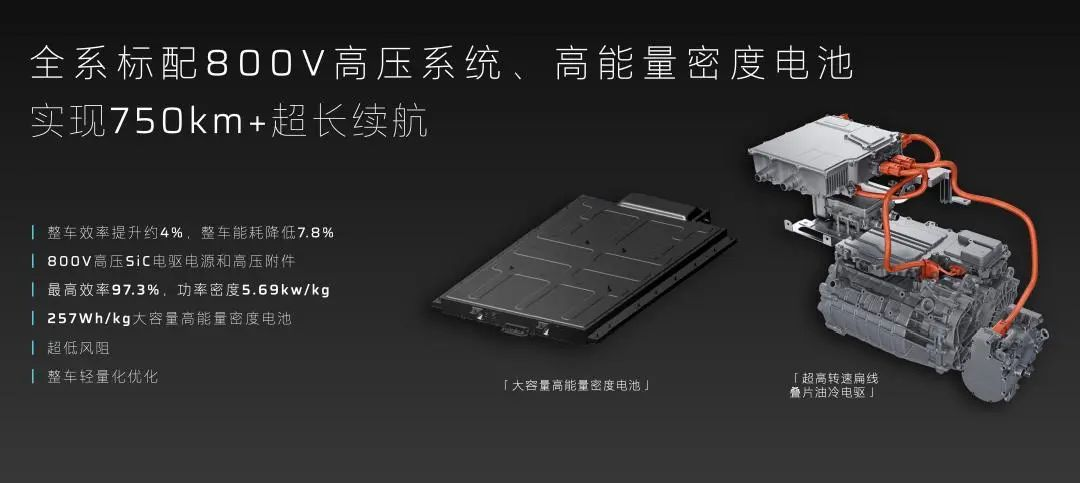
Therefore, even without special ultra-fast chargers, 800V can also bring a qualitative leap to the charging experience. The high voltage of the whole vehicle reduces heat loss, and combined with the SiC silicon carbide elements used in the Hozon V09, the energy consumption of the vehicle can be further reduced. The official range of the V09 has reached 750+ km, which is excellent level among electric MPVs.
In addition, the Hi-EMS smart energy management system of the Hozon V09 also contributes to the improvement of energy consumption. Among them, the “AI-Pedal” can anticipate the front vehicle conditions and predict the future braking needs, control the strength of energy recovery, and reduce 82% unnecessary braking and acceleration operations. The “Energy Butler” can estimate route energy consumption through data analysis, and further plan the optimal energy-saving route and driving style.
In addition to the solution of the 800V platform + 4C super fast charging, Hozon Automobile is also gradually expanding its layout in the ultra-fast charging and replenishment ecosystem. It is reported that Hozon will also work with Greater Bay Area Technology Research Institute, focusing on the layout of Beijing, Shanghai, Guangzhou and Shenzhen, creating a “dumbbell” channel to connect the ecosystem and promote and construct XFC extreme fast charging stations together to form the “XFC Extreme Fast Charging” ecosystem.
At the same time, Hozon’s first super charging station-the Machong Super Charging Station on the Guangzhou Shenzhen Riverside Expressway officially opened on February 17. The super charging station is the first high-speed service area super charging station jointly built by Hozon Automobile, Shenzhen Che Dian Network Co., Ltd. and CNOOC South China Sales Corporation. Machong Super Charging Station will use full liquid cooling technology, with a single gun maximum current of 600 A, and the power pool at the pile end can output 480 kW as needed, achieving DC 300-1000 V constant power output, covering Hozon’s existing and future models.
Hozon Automobile and Che Dian Network have also signed a strategic agreement, and the two parties plan to launch interconnected businesses such as vehicle-machine platform docking and charging platform interconnection, and provide users with accurate charging pile locations, appointment charging, plug-and-charge, and charging discounts in the future.
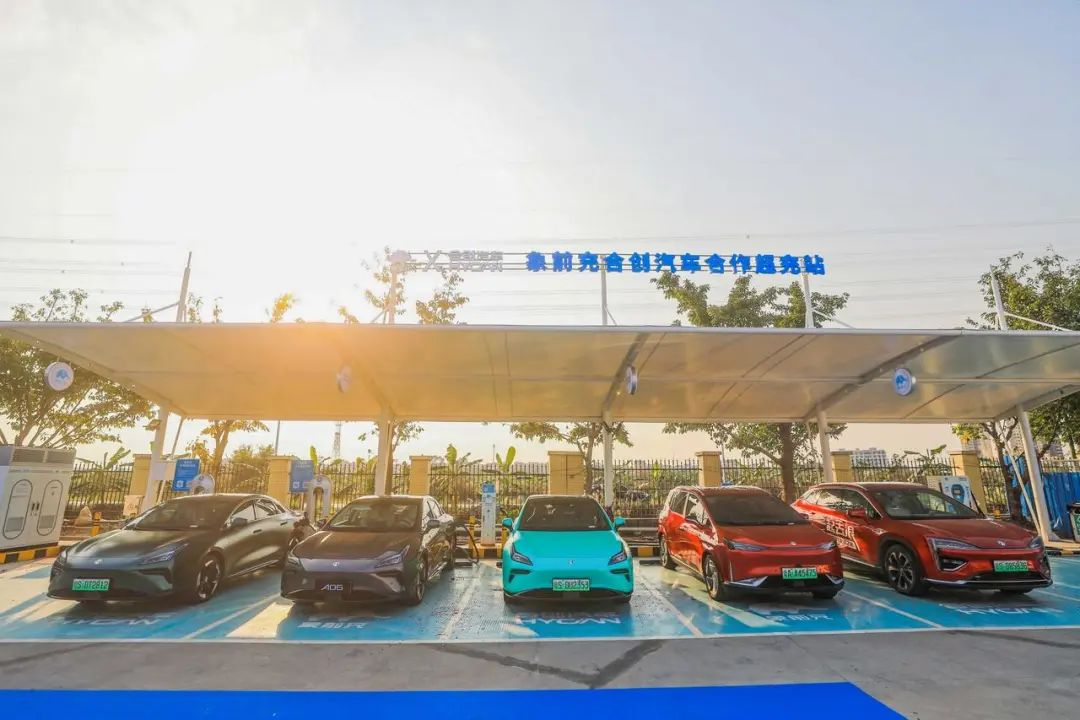 In terms of future plans, Hechuang Automobile plans to add 300 new charging stations in first and second tier cities by the end of 2023, and will expand to more than 2,000 stations in the next three years, covering community charging and public supercharging.
In terms of future plans, Hechuang Automobile plans to add 300 new charging stations in first and second tier cities by the end of 2023, and will expand to more than 2,000 stations in the next three years, covering community charging and public supercharging.
In comparison, XPeng has built 816 self-operated supercharging stations as of February 8, 2023, and plans to add 500 new S4 supercharging stations this year. In terms of growth rate, Hechuang’s network deployment speed is catching up with the latecomers. Through diversified cooperation and quickly building a super-fast charging network layout, Hechuang hopes to provide users with more efficient and better quality energy replenishment services.
The First MPV Equipped with a LIDAR
Currently, there are no mass-produced MPVs equipped with a LIDAR. Ji Ke 009 uses Mobileye EyeQ5H, which adopts a vision + millimeter-wave scheme, while DENZA D9 also adopts a vision-based processing method.
Hechuang V09 uses 24 sensors in its advanced driving assistance hardware, including:
- 1 130-beam LIDAR from Strider;
- 1 8 million-pixel camera;
- 1 2 million-pixel rearview camera;
- 4 3 million-pixel ultra-clear fish-eye panoramic cameras;
- 5 millimeter-wave radar;
- 12 ultrasonic sensors.
The main performance indicators of this LIDAR include:
- Maximum detection distance: 300 meters; 180 meters at a 10\% reflectivity standard;
- Field of view: 120°(H) × 25°(V);
- ROI area (intelligent focusing perspective) angular resolution: 0.15° × 0.17°.
Compared horizontally with the Velodyne LiDAR on the LI L9:
- Maximum detection distance at a 10% reflectivity standard: 200 meters;
- Field of view: 120°(H) × 25.4°(V);
- ROI area (intelligent focusing perspective) angular resolution: 0.1° × 0.2°.
It can be seen that the performance of the LIDAR on Hechuang V09 has reached the mainstream level. Although we do not agree with the “hardware-only” argument, its inclusion can indeed bring greater imagination space to V09’s advanced driving assistance.
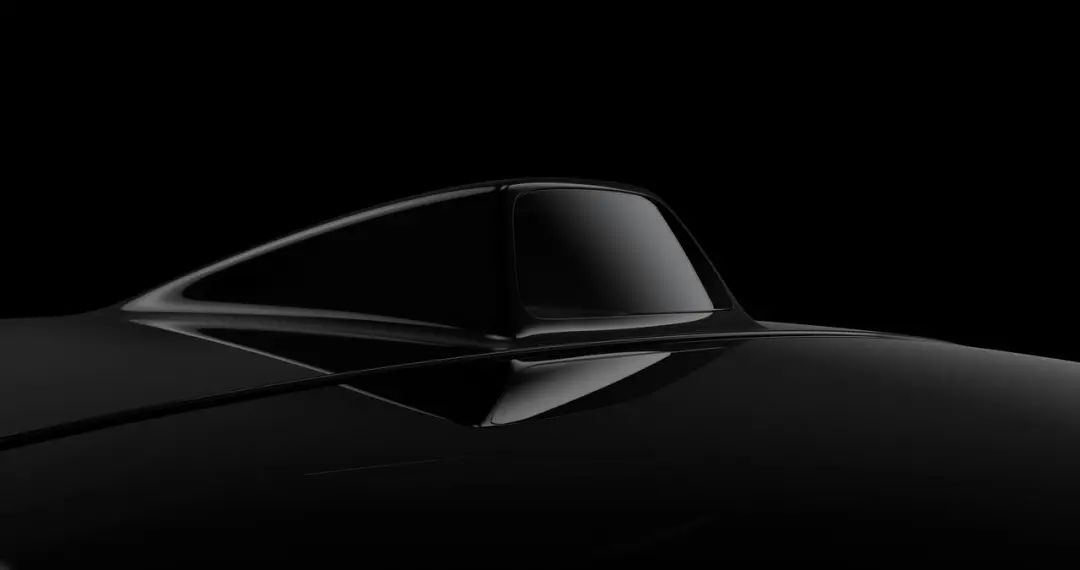 Firstly, the scheme of using both visual and millimeter wave sensing will be affected by the changes in weather. Adding LiDAR ensures greater safety redundancy.
Firstly, the scheme of using both visual and millimeter wave sensing will be affected by the changes in weather. Adding LiDAR ensures greater safety redundancy.
Secondly, LiDAR can identify irregularly shaped objects. While visual sensing can recognize normal objects, it is unable to identify untrained objects such as “construction signs” and “overturned trucks.” However, LiDAR is different. This distance-based sensing method can analyze 3D information from point cloud data to determine whether these foreign objects will affect the vehicle’s passage.
In night scenes, the changes in light such as the transformation of lights on gantry frames and high beam lights from oncoming vehicles can cause the camera to become “blind,” but LiDAR will not be affected.
The roof-mounted LiDAR on the Hozon V09 has a higher and wider range of detection, which can capture more information in real-time. Even under extreme circumstances such as lost lane markings, LiDAR has the ability to recognize road edges and output Freespace to allow normal vehicle operation.
In a pure visual scheme, we have seen tragedies in the news such as overturned trucks being recognized as the sky, causing accidents. Would tragedies like these be avoided if the perception system had a set of LiDAR data for double verification?
For MPVs, the high-frequency use scene is on semi-enclosed roads such as highways and expressways. Having a sufficiently functional and safe advanced driving assistance system can greatly reduce the driver’s burden and improve the safety coefficient of driving.
Therefore, as the first MPV equipped with LiDAR, the Hozon V09 can achieve NOA (Navigate on Autopilot) function point to point in the future, according to official sources. We are also looking forward to its actual performance.
Goodbye, the Elfa Front Face
In terms of exterior design, the Hozon V09 deserves praise for not following the trend of exaggerating the front face in the style of “Elfa,” but also creating a strong visual impact.
The square front is critical to an MPV’s imposing appearance, which we also saw in our review of the NIO ET7. However, the Hozon V09 chooses to leave a large blank space on this surface and create a sense of scattered light and shadow through the unevenness of the material. The design of the light strip is wide on both sides and narrow in the middle, making the visual width more complete.
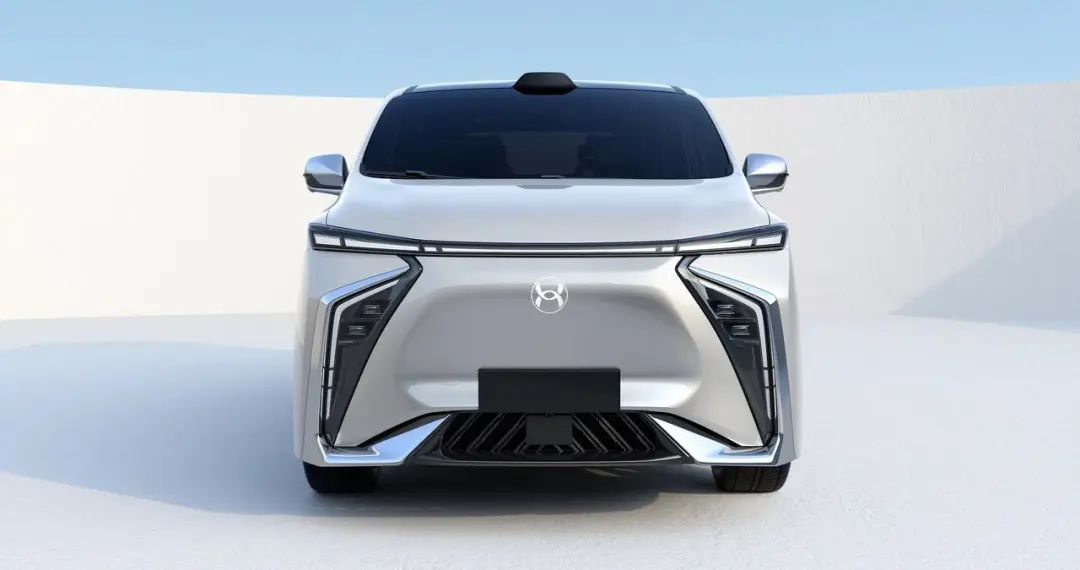
The sharp-toothed light strips on both sides and the headlights that blend into the black area are eye-catching highlights. This front-end design technique makes the entire car look sporty and youthful with visual impact while having high originality.
The side lines of the roof trend down from front to back. The aerodynamically optimized body can keep the airflow attached to the body surface and avoid being prematurely entrained into the vortex.
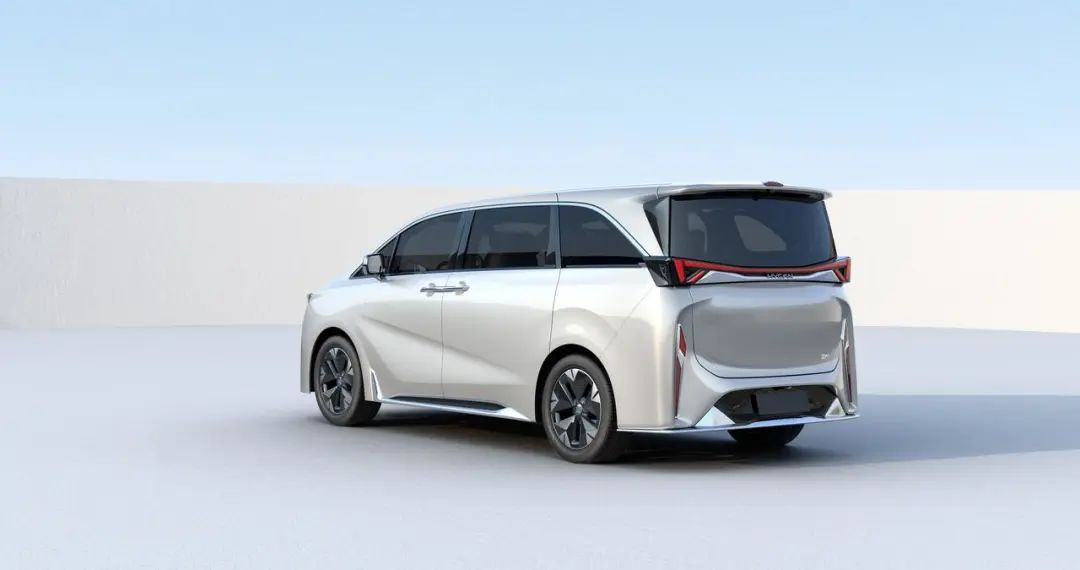
The visual effect of Hozon V09 looks neither bulky nor heavy, and the interior space also achieves excellent level of the same level: the vertical space inside the cabin reaches 1,288 mm, and the utilization rate of vertical space is 68\%; the front and rear space in the cabin is 2,834 mm, and the utilization rate of the front and rear space in the cabin is 55\%. The third row of Hozon V09 can be fully incorporated and flattened, forming a pure flat space of up to 1.85 meters inside the cabin.

In terms of in-cabin intelligence, Hozon V09 uses dual Qualcomm Snapdragon 8155 chips, which are relatively mainstream; Hozon officially claimed that V09 can achieve “multi-screen linkage” and has the ability of “cross-terminal interaction”, which is guessed to have large screens equipped at the front and rear.
Unfortunately, the interior of Hozon V09 is still in the confidential stage. But at least from the data perspective, as an MPV, the internal space layout of Hozon V09 is excellent enough, which is the basic guarantee of ride comfort.
In conclusion
From the market perspective, the middle and high-end MPV segment has been occupied by players such as GL8, Sienna, and Odyssey for a long time. Even in the higher-end market, there is only one model such as the Alphard.
These opponents rely on the brand effect they have gained over the years, which makes it difficult for them to come up with functions and configurations that are fresh and intelligent enough at the level of product power.
After the independent brands began to make efforts, the middle and high-end new energy MPV began to usher in spring.
And Hozon V09, which is expected to be launched in the second half of this year, has certain advantages as a latecomer, such as an 800 V high-voltage system, 4C ultra-fast charging, and laser radar, which makes it more attractive.No matter the stylish and technological exterior design, or the “trendy customization and co-creation” campaign with brands and designers from different circles such as Razer, we can see that this MPV will appear more “refreshing” compared to its “greasy” competitors.
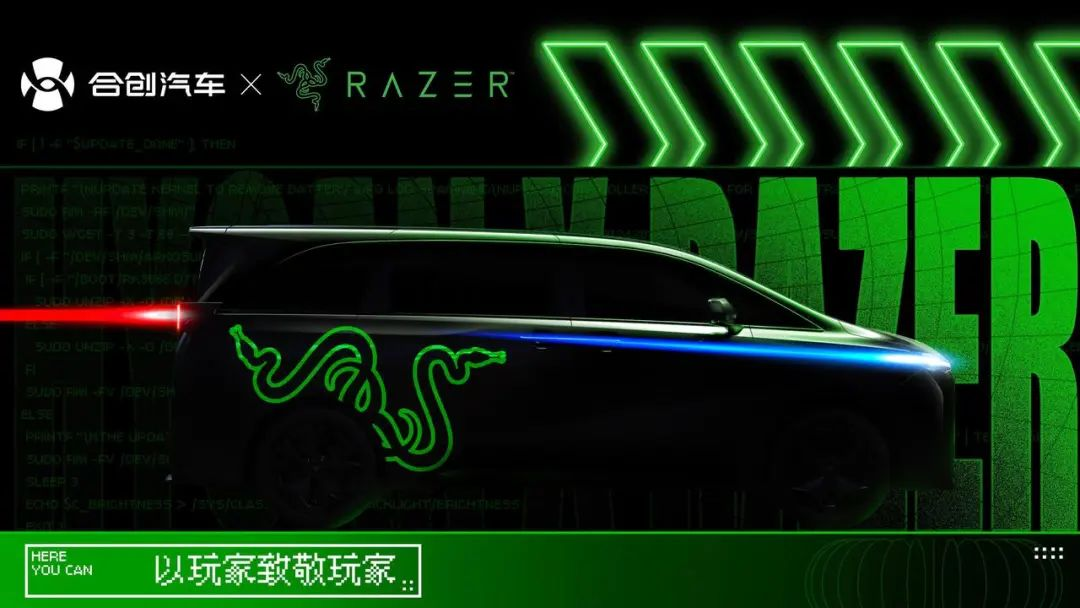
In conclusion, by upgrading the 800V platform and assisted driving hardware, Hozon Auto’s V09 has taken into consideration both the replenishment speed and long-distance driving experience, thus filling in part of the blanks that meet customers’ needs in the pure electric MPV market.
It is predictable that these two aspects will become a new battlefield for the pure electric MPV market, and V09 from Hozon Auto, which is a latecomer, may occupy a place in this newly-segmented field of new energy MPVs.
This article is a translation by ChatGPT of a Chinese report from 42HOW. If you have any questions about it, please email bd@42how.com.
